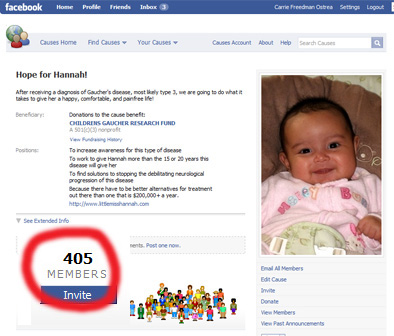I was checking out the website page for the hospital’s infusion center for Hannah’s IV Enzyme Replacement Therapy (Cerezyme) treatments. It looks like they really do try to make the patient’s comfortable.
I definitely think I’m going to bring a Wiggles DVD for Hannah and headphones, as that is the only thing she loves to watch on TV. I just can’t figure out how I’m supposed to keep her quiet and relaxed for 3+ hours.
Features:
* scheduled IV treatments that include preparation and post therapy observation time;
* experienced nurse clinicians who specialize in IV treatments;
* relaxing infusion chairs equipped with TV, DVD and VCR capability—patients can bring headphones, if desired; and
* waiting area for families.
The family nourishment area is equipped with a microwave and refrigerator–feel free to pack meals or snacks for your visit. Coffee and ice are provided.
Food may be purchased at Bertner Café, McDonald’s and the Texas Children’s Hospital food court that includes Chick-Fil-A, Villa Pizza and Subway.
Patients may bring their own DVDs, Nintendo® or Xbox games, books or any items that bring comfort. The Infusion Center has a limited number of movies, games and reading material available for patient/ family use.



Latest Comments